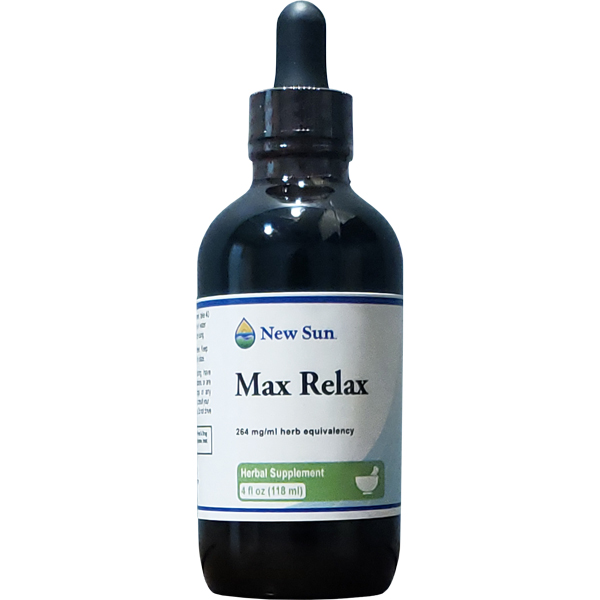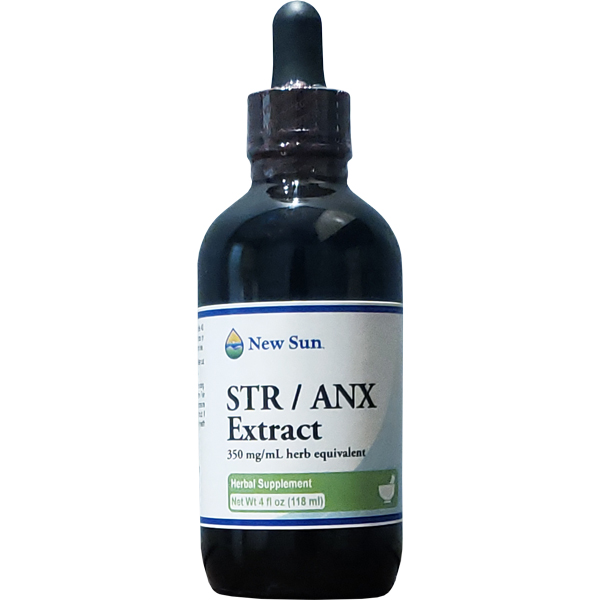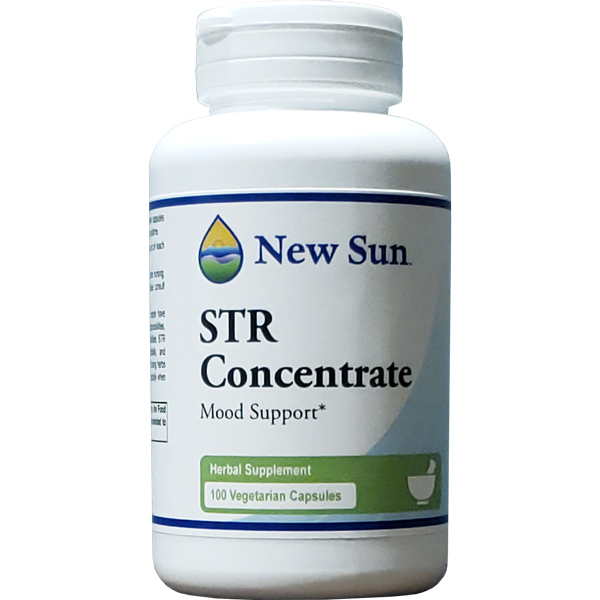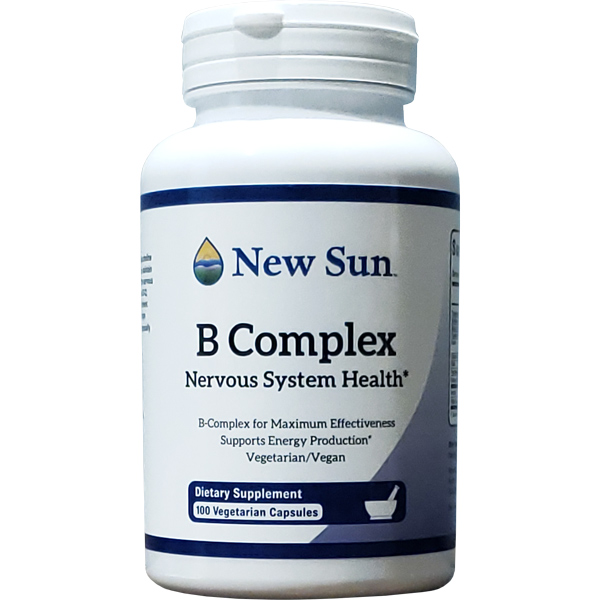 It’s not unusual for kids to have difficulty concentrating, interrupt people while they’re talking, or lose items like school supplies or their glasses. But if you’ve noticed that your child seems to exhibit these and other behaviors at a higher level than other kids, or if he or she doesn’t seem to be growing out of them, your child may have attention deficit hyperactivity disorder (ADHD).
It’s not unusual for kids to have difficulty concentrating, interrupt people while they’re talking, or lose items like school supplies or their glasses. But if you’ve noticed that your child seems to exhibit these and other behaviors at a higher level than other kids, or if he or she doesn’t seem to be growing out of them, your child may have attention deficit hyperactivity disorder (ADHD).
ADHD is a mental health disorder that can cause above-normal levels of hyperactive and impulsive behaviors. More than 3 million cases are diagnosed in the US each year, and there is no medical cure. However, ADHD can be treated successfully with a comprehensive plan that includes behavior therapy, medications, and other healthy lifestyle choices. Implementing these treatments early on will help your child develop the skills he or she will need to manage ADHD throughout their life.
Types of ADHD
There are three types of ADHD: Predominantly Inattentive, Predominantly Hyperactivity-Impulsive, and a combination of both.
Predominantly Inattentive
People with predominately inattentive ADHD have extreme difficulty focusing, finishing tasks, and following instructions.
Experts also think that often, many children with predominately inattentive ADHD are not diagnosed properly because they tend not to disrupt their classrooms. Girls commonly have this type of ADHD and work hard to hide their inability to focus. For instance, if you notice your daughter is frequently staying up late to finish her homework when most kids can complete the assignments in a much shorter amount of time, she may be compensating for predominately inattentive ADHD.
Predominantly Hyperactive-Impulsive
Kids with this type of ADHD primarily exhibit hyperactive and impulsive behavior, such as fidgeting, interrupting people while they’re talking, not being able to wait their turn, grabbing things from people, or speaking at inappropriate times.
Although inattention is less of a concern with this type of ADHD, children with predominantly hyperactive-impulsive ADHD may still find it difficult to focus on tasks.
Combined Hyperactive-Impulsive and Inattentive
This is the most common type of ADHD. People with combined hyperactive-impulsive and inattentive ADHD display both types of symptoms — an inability to pay attention, a tendency toward impulsiveness, and above-normal levels of activity and energy.
Treatment and Management
Treatment for your child will depend on what is best for him or her and your family as a whole. But as with any health issue, a healthy lifestyle plays an important role in management.
Food
Avoid foods high in sugars, preservatives, and artificial dyes. Eating whole grains, nuts, legumes, fish, eggs, spinach, broccoli, asparagus, citrus, avocados, bananas, and other foods high in nutrients can help.
Supplements
Take supplements that contain vitamins and minerals normally found at low levels in children with ADHD and that help support healthy brain functions.
DHA: Although study results are mixed, some have shown that supplementing with DHA may help to ease the symptoms of ADHD. A study published in European Child and Adolescent Psychiatry found six months of supplementation with DHA resulted in small improvements in psychosocial functioning, emotional problems, and focused attention.
Omega-3: The fatty acids found in Omega-3 support healthy brain function and development, among other benefits.
Zinc: Some studies have shown that people with ADHD have naturally lower levels of zinc. Taking zinc supplements may help reduce hyperactivity and impulsivity.
Iron: Kids with ADHD often have low levels of iron in their bodies, although it’s unclear why. Low levels of iron have been shown to worsen symptoms of ADHD.
Magnesium: Magnesium can assist with relaxation.
Vitamin C: This vitamin could help with hyperactivity.
B Complex: Deficiencies in this vitamin can cause irritability and fatigue in kids with ADHD. Taking B complex can help with better alertness and less anxiety.
Essential Oils
You can use any of these essential oils in a diffuser, or mix with lotion and rub on the wrists or temples.
Lavender – Can help with relaxation and improve sleep.
Roman Chamomile – Helps to soothe anxiety; quiets and calms.
Sweet Orange – Mood booster; also helps calm the mind.
Follow these tips for parents, such as creating a routine, using praise, and limiting choices to help your child manage their ADHD effectively. Participating in at least an hour of physical activity each day, limiting screen time, and getting plenty of sleep will also have positive effects for your and your child.
ADHD does not have to negatively disrupt a family’s life. With healthy choices and positive support from friends and professionals, you and your child can effectively manage ADHD. We’re happy to be part of your support system! Call us at 1-800-544-0777 for a free, friendly consultation.




